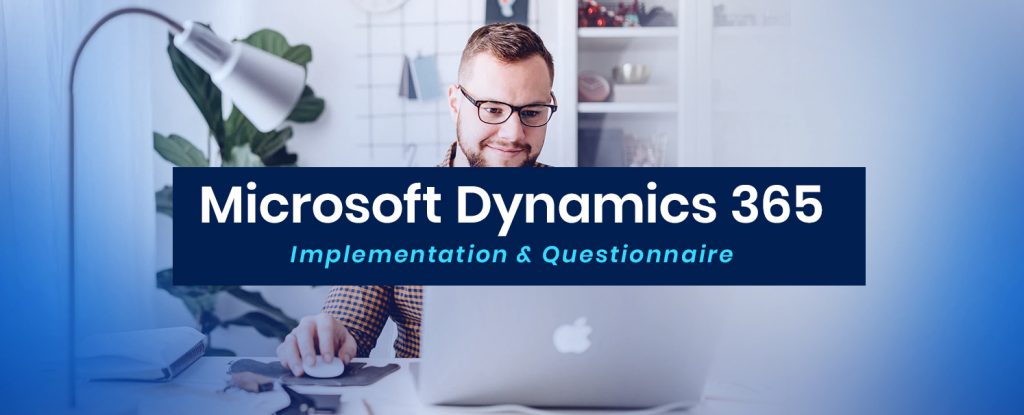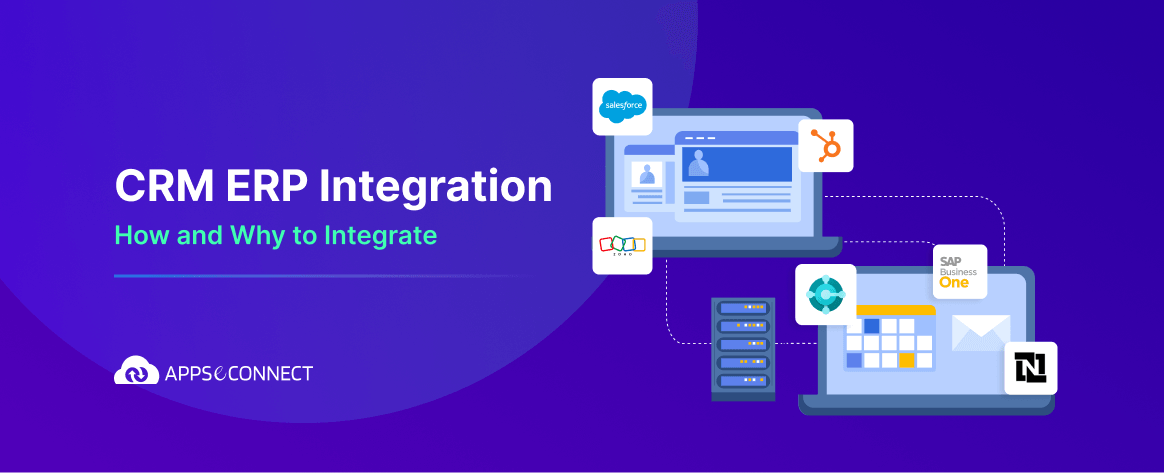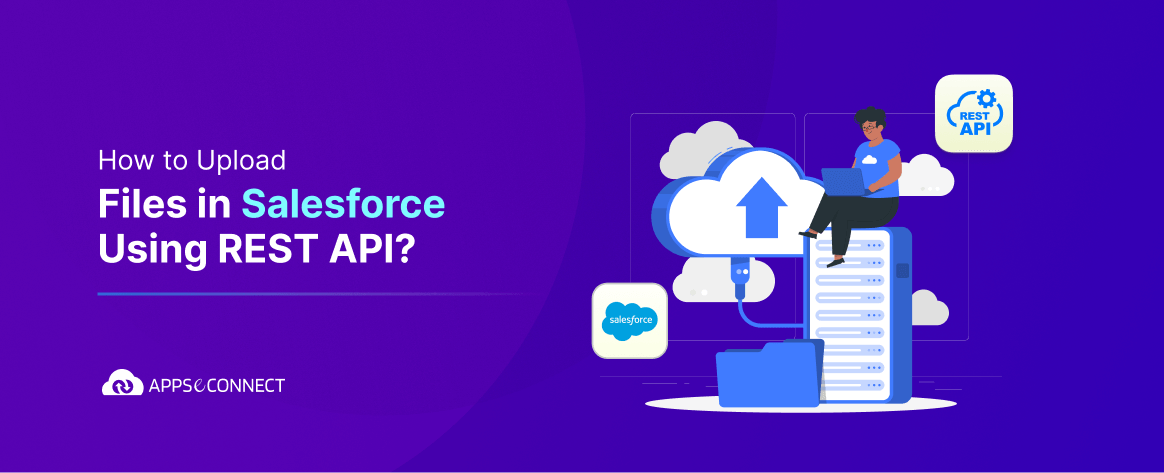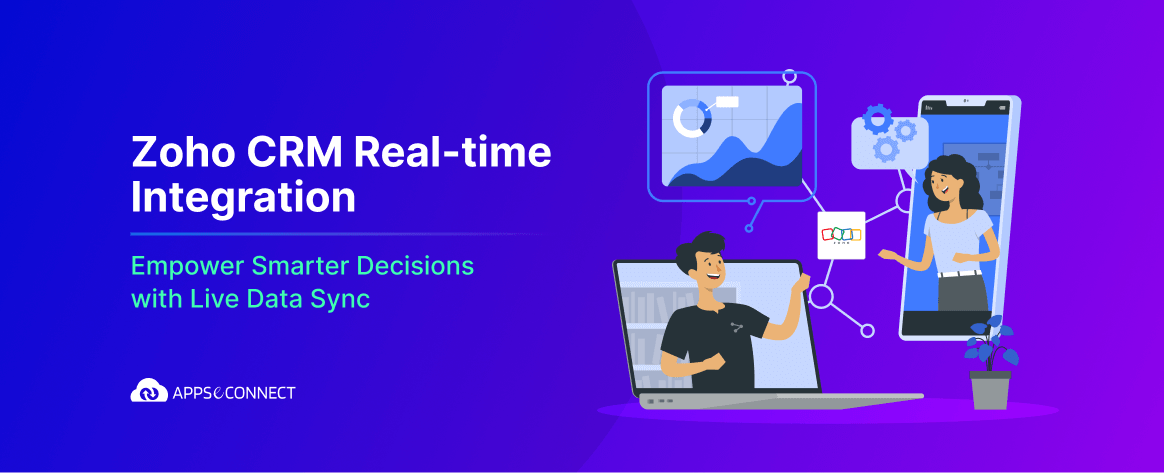In my experience of the last two decades of computer application implementation in businesses, one thing is very clear to me that as a first step of the implementation we must have a preliminary questioner set on which the client should invest good time to think and answer. This set the morning of the implementation. Generally, I have observed that the clients are not very clear about what they exactly need in their solution to solve their problems. Sometimes it has been observed that the client is not even clear about their problem statement too! So, this preliminary questions and answers activity is unavoidable in those circumstances at least.
The same is applicable for any Microsoft Dynamics 365 (D365) integration implementation as well. So I thought to share a list of a common set of the questionnaire in this blog so that you get some idea and can tailor it as per your specific need not only for D365 implementation but also for any other similar IT solution implementation. With this, you will get a fair idea about what you should ask your clients and partners, and what you can add more and change any of these for you.
You may have several iterations of questions and answers in this activity which is normal but ensure that you get the right and complete information as much as possible before starting the implementation. The answers should come not only from the clients including the business decision-maker, users, administrators, etc. but also from the pre-sales and sales team members from your side who were involved in the pre-sales and sales activities of the solution.
If you are a customer or an end-user of any implementation and you find that this activity is not being done by your implementer, then you may insist on this activity to increase the probability of success of your implementation or make the implementation better. As an end-user, you will be the most sufferer if the implementation goes wrong or the solution gets implemented wrongly. You will suffer the pain of a wrongly implemented application daily and every moment in your work.
Here go the questionnaires, divided into two parts starting with “General Questions” and then the “techno-functional Questions”. But this segregation of questions is not very important in terms of getting the required information. However, this segregation of questionnaires or any other further division to it may help you to select the target group to ask them selectively.
General Questions for Microsoft Dynamics 365 CRM Implementation
1. What primary pain do you want to alleviate by this implementation?
2. What workaround you could have to avoid this implementation?
3. What would be the remaining pain in your above workaround if there is any?
4. List your other related pain areas which also you want to alleviate by this implementation. Make this list priority wise, roughly as per your basic understanding, by keeping the most important one on the top then followed by the lesser important ones below.
5. As the target client or business, what loss will you incur if you don’t go for this implementation at all?
6. What are your primary immediate expectations out of this implementation?
7. What are your primary long-term expectations out of this implementation?
8. Who are the key decision-makers for this implementation?
9. What is your organization size in terms of the number of employees?
10. Will you run this newly implemented system in parallel with the legacy system or will you migrate from the legacy system to the new system with a cut-off date
Techno-functional Questions for Microsoft Dynamics 365 CRM Implementation
The techno-functional questions help in the understanding of the existing Microsoft Dynamics 365 CRM implementation of and puts forward the factors to consider while migrating data to Microsoft Dynamics 365 CRM.
1. Which modules of the solution do you want to implement now?
2. Which modules of the solution you don’t want to implement now but in the future?
3. Your organization belongs to what kind of Industry?
- Retail
- Manufacturing/assembly
- Wholesale/Distribution
- Professional Services
- Etc.
4. Describe the primary business of the organization in few lines.
5. What is your business type?
- High volume and low margin
- Low volume and high margin
- High volume and high margin (few competitors)
6. How many sales transactions your business does in a week as on average?
7. What are your responsibilities in the organization?
8. For how long are you working in this organization?
9. For how long is your organization doing the business?
10. What is the present legacy system you want to upgrade from or integrate with?
11. How many users will be using the solution?
12. How much training will be required for the users?
- Low
- Moderate
- Extensive
13. Does your organization have any subsidiaries or associate companies that you want to include in the solution?
14. Give some idea of master and transactional data volume which needs to be handled in the implementation and the data migration from the legacy system to the new system.
15. What is your expected timeline for the implementation?
16. When do you want to start the implementation?
17. Share the prerequisites for this implementation if you have planned any.
18. Write a definition of done for the implementation i.e. when you will feel that the implementation project is complete.
19. What is the status of the license subscription or purchase of the license of the application/solution?
20. Is there any pre-existing dependency of any existing system on the new system?
21. Describe any other/special requirements if there is any.
Please note that this list is not exhaustive obviously. There will be many other questions specific to the project as per the project type and need. However, this may surely make up 50% of the preliminary requirement gathering questionnaire for your unique project. We must keep in mind that this a set of preliminary questions and initial requirement gathering to get some idea of the exact requirement. Making this questionnaire too long or extensive may be overwhelming for the client and the objective of this preliminary requirement gathering questionnaire may fail. So try to keep it as simple as possible. At a later stage, this will guide you throughout the complete requirement gathering and blueprinting phase. This will help to set the tone of the project and you can plan things ahead of time.
For instance, the data migration-related aspects are not covered fully in this questionnaire. Data migration to Microsoft Dynamics 365 can be a major part of the project so that will need some more data-migration specific questions, especially the count or volume of data and the source applications, etc. So, if you need more on this then please comment and let us know, we’ll try to have another episode of this topic for you. Also please do comment if you think that we have missed any other important question in this article then we’ll include that if needed.
Thank you and wish you all the best for a great start towards a successful implementation!
APPSeCONNECT is a smart and robust business application integration platform that seamlessly connects all your business applications with each other to streamline operations and facilitate the free flow of data across the platforms. By moving into the region of iPaaS, APPSeCONNECT proves to be a best-in-the-class platform that easily connects systems and automates the business process.
Now, you can easily connect all your business applications under one single platform to automate the business process!





















